Home>Gardening & Outdoor>Plant Care & Gardening Tips>When To Plant Native Wildflower Seeds
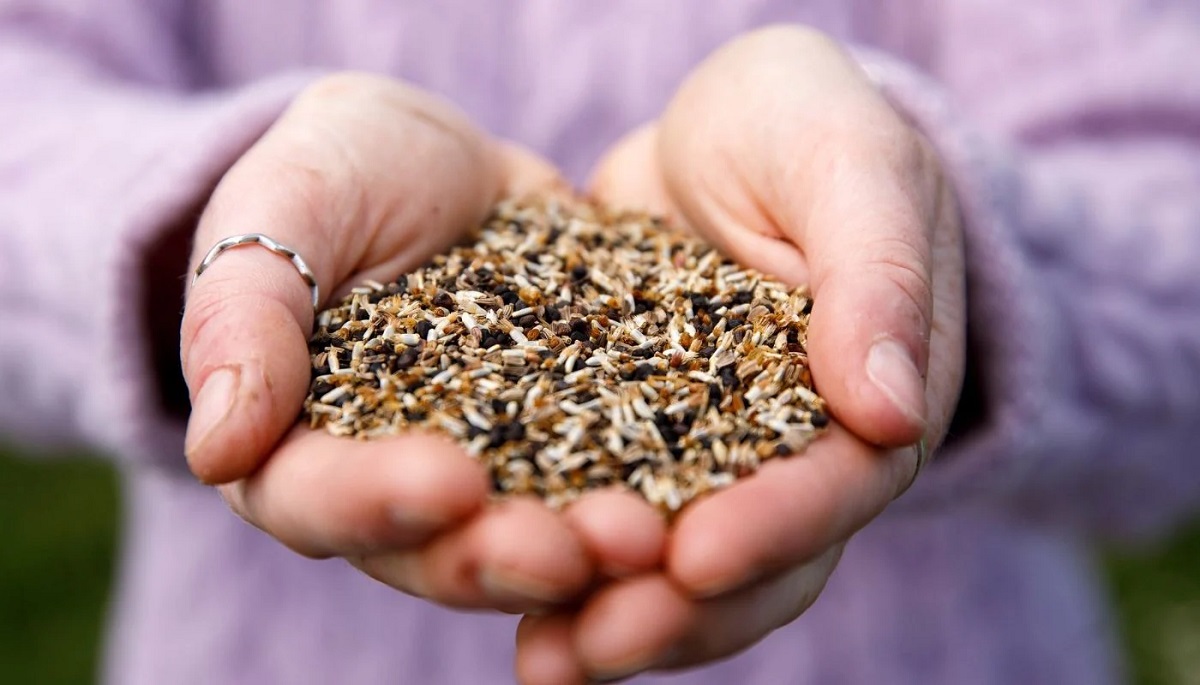

Plant Care & Gardening Tips
When To Plant Native Wildflower Seeds
Modified: January 4, 2024
Discover the best time to plant native wildflower seeds and get expert plant care and gardening tips to ensure a successful and vibrant garden. Explore the ultimate guide to planting wildflowers!
(Many of the links in this article redirect to a specific reviewed product. Your purchase of these products through affiliate links helps to generate commission for Storables.com, at no extra cost. Learn more)
**
Introduction
**
Are you looking to add a splash of natural beauty to your garden while supporting local ecosystems? Native wildflowers could be the perfect choice. These vibrant and diverse plants not only enhance the visual appeal of your outdoor space but also play a crucial role in supporting local wildlife and pollinators. In this guide, we will explore the wonders of native wildflowers, including the optimal time for planting their seeds and essential care tips to help them thrive. Whether you're an experienced gardener or just starting to explore the world of gardening, this article will provide valuable insights into the world of native wildflowers and how to cultivate them successfully. Let's embark on a journey to discover the enchanting realm of native wildflowers and unlock the secrets to nurturing these treasures in your own backyard.
Key Takeaways:
- Embrace the beauty and benefits of native wildflowers to support local ecosystems, promote pollinator health, and create low-maintenance, sustainable gardens that celebrate the natural heritage of your region.
- Plant native wildflower seeds in spring or fall, considering regional climate and soil conditions. Follow care tips to nurture these resilient plants and contribute to the preservation of local biodiversity.
Read more: When Should I Plant Wildflower Seeds
Understanding Native Wildflowers
Native wildflowers are a diverse group of plants that have evolved and thrived in specific regions over thousands of years. Unlike non-native species, these wildflowers have naturally adapted to the local climate, soil, and wildlife, making them an integral part of the ecosystem. Their resilience and ability to coexist with native insects and animals make them valuable contributors to the overall biodiversity of an area.
One of the defining characteristics of native wildflowers is their ability to attract and support local pollinators, such as bees, butterflies, and hummingbirds. Their vibrant blooms and nectar-rich flowers provide essential food sources for these beneficial creatures, playing a vital role in maintaining a healthy and balanced environment. Additionally, native wildflowers often have deep root systems that help prevent soil erosion and improve the overall soil quality, making them valuable components of sustainable landscaping and conservation efforts.
From cheerful sunflowers to delicate lupines and striking black-eyed Susans, native wildflowers showcase a stunning array of colors, shapes, and sizes. Their beauty and adaptability make them a popular choice for both formal gardens and naturalized landscapes, adding a touch of untamed elegance to any outdoor setting. Whether you’re aiming to create a vibrant pollinator garden or simply want to infuse your yard with the charm of native flora, understanding the unique characteristics and ecological significance of these wildflowers is the first step toward successful cultivation.
Benefits of Planting Native Wildflowers
Planting native wildflowers offers a multitude of benefits that extend beyond the boundaries of your garden. By incorporating these indigenous plants into your landscape, you contribute to the preservation of local biodiversity and create a welcoming habitat for a variety of wildlife. Here are some compelling reasons to consider planting native wildflowers:
- Supporting Local Ecosystems: Native wildflowers play a vital role in supporting local ecosystems by providing food and habitat for native insects, birds, and other wildlife. Their presence helps maintain the delicate balance of the natural environment, contributing to the overall health and resilience of the ecosystem.
- Promoting Pollinator Health: Many native wildflowers are excellent sources of nectar and pollen, making them essential for the well-being of pollinators such as bees, butterflies, and hummingbirds. By cultivating these plants, you create a welcoming environment for these important pollinators, which are crucial for the reproduction of countless plant species and the production of food crops.
- Water Conservation: Native wildflowers are well-adapted to local climate conditions, often requiring less water once established. Their deep root systems can help improve soil moisture retention and reduce the need for excessive watering, contributing to water conservation efforts in your area.
- Low Maintenance Beauty: Many native wildflowers are naturally suited to the local soil and climate, making them low-maintenance additions to your landscape. Once established, these plants often require minimal intervention, allowing you to enjoy their beauty without extensive upkeep.
- Preserving Native Heritage: By cultivating native wildflowers, you help preserve the natural heritage of your region. These plants have long been intertwined with local ecosystems and cultural traditions, and by nurturing them, you contribute to the conservation of native flora and the preservation of regional identity.
Embracing the beauty and ecological significance of native wildflowers can have far-reaching impacts, from fostering a thriving ecosystem to creating a picturesque and sustainable garden space. By recognizing and harnessing the unique benefits of these indigenous plants, you can make a meaningful contribution to the preservation of local biodiversity and the well-being of your surrounding environment.
Factors to Consider Before Planting
Before embarking on your native wildflower gardening journey, it’s essential to consider several factors that can influence the success of your planting efforts. By taking these elements into account, you can ensure that your chosen wildflowers thrive in their new environment and contribute positively to the local ecosystem. Here are key factors to consider before planting native wildflowers:
- Local Climate and Soil Conditions: Native wildflowers have evolved to thrive in specific climate and soil conditions. Research the native wildflower species indigenous to your region and select varieties that are well-suited to your local climate and soil type. Understanding the unique environmental requirements of each species is crucial for their successful establishment and growth.
- Sunlight and Water Availability: Assess the sunlight and water availability in your garden or chosen planting area. Different native wildflowers have varying preferences for sunlight exposure and moisture levels. Select plants that align with the light and water conditions of your intended planting site to optimize their chances of flourishing.
- Wildlife and Pollinator Considerations: Consider the potential impact of native wildflowers on local wildlife and pollinators. Some wildflowers are particularly attractive to specific pollinators, while others may serve as host plants for butterfly larvae. By understanding the ecological interactions between native wildflowers and local wildlife, you can create a supportive environment for beneficial insects and animals.
- Space and Garden Design: Evaluate the available space and design of your garden or landscape. Determine whether you intend to create a dedicated wildflower meadow, incorporate native plants into existing flower beds, or establish a pollinator-friendly garden. Tailor your selection of native wildflowers based on the desired aesthetic and functional aspects of your outdoor space.
- Invasive Species Awareness: Be mindful of invasive plant species that may pose a threat to native wildflowers. Avoid planting species that could potentially outcompete or negatively impact the growth of native plants in your area. Prioritize the cultivation of indigenous wildflowers to support the ecological balance and integrity of the local ecosystem.
By carefully considering these factors and conducting thorough research, you can make informed decisions when selecting and planting native wildflowers. Understanding the intricate relationship between these factors and the specific needs of native wildflowers is instrumental in creating a flourishing and sustainable garden that celebrates the beauty and resilience of indigenous flora.
Plant native wildflower seeds in the fall or early spring for best results. This allows the seeds to establish before the heat of summer or the cold of winter.
Best Time to Plant Native Wildflower Seeds
Timing plays a crucial role in the successful germination and establishment of native wildflower seeds. Understanding the optimal planting window for these seeds is essential for maximizing their growth potential and ensuring a bountiful display of blooms. The best time to plant native wildflower seeds varies depending on several factors, including climate, local growing conditions, and the specific characteristics of the wildflower species. Here are key considerations for determining the ideal time to plant native wildflower seeds:
- Seasonal Variation: Native wildflower seeds can be sown in either the spring or fall, depending on the species and regional climate. Spring planting allows the seeds to take advantage of the warming temperatures and ample sunlight, promoting robust root development and early growth. Fall planting, on the other hand, exposes the seeds to natural stratification processes during the winter, enhancing their germination potential when the weather warms in the following spring.
- Regional Climate: Consider the specific climate of your region when determining the best time to plant native wildflower seeds. In cooler northern climates, spring planting may be preferred to align with the onset of the growing season. In milder southern climates, fall planting can capitalize on the moderate temperatures and adequate moisture levels during the winter months.
- Soil Preparation: Prepare the planting site by clearing away debris, loosening the soil, and removing competing vegetation before sowing native wildflower seeds. Proper soil preparation is crucial for creating an optimal environment for seed germination and early growth, regardless of the chosen planting season.
- Seed-Specific Requirements: Different native wildflower species have unique germination and growth requirements. Research the specific needs of the wildflower seeds you plan to sow, including any stratification or scarification processes that may enhance their germination success. Tailor your planting schedule to accommodate the individual needs of each wildflower species for the best results.
Ultimately, the best time to plant native wildflower seeds is a balance between the natural rhythms of the local climate and the specific characteristics of the chosen wildflower species. By considering seasonal variation, regional climate, soil preparation, and seed-specific requirements, you can strategically plan your seed sowing activities to optimize the chances of successful germination and the subsequent flourishing of native wildflowers in your garden or landscape.
Read more: When To Plant California Native Plants
How to Plant Native Wildflower Seeds
Planting native wildflower seeds is a rewarding and straightforward process that can yield a vibrant tapestry of blooms in your garden or landscape. By following these essential steps, you can ensure that the seeds are sown effectively and have the best chance of germination and successful establishment:
- Site Preparation: Select a suitable planting site that receives adequate sunlight and has well-drained soil. Clear the area of debris and weeds, and loosen the soil to create a receptive bed for the wildflower seeds. Avoid using herbicides or pesticides that could harm the seeds or disrupt the natural ecosystem.
- Seed Selection: Choose native wildflower seeds that are well-adapted to your region’s climate and growing conditions. Consider a diverse selection of wildflowers to create a dynamic and resilient ecosystem that supports a variety of pollinators and wildlife. Select a mix of annuals and perennials for continuous blooms and long-term sustainability.
- Sowing Method: Depending on the size and characteristics of the seeds, determine whether broadcast sowing or targeted planting is more suitable. Broadcast sowing involves scattering the seeds evenly across the prepared soil, while targeted planting allows for more precise placement of individual seeds or small clusters. Follow the recommended sowing depth and spacing guidelines for the chosen wildflower species.
- Seed-to-Soil Contact: Ensure good seed-to-soil contact by gently pressing the seeds into the prepared soil after sowing. This contact promotes germination by allowing the seeds to absorb moisture and establish secure connections with the soil, facilitating the exchange of nutrients and water.
- Watering and Mulching: After sowing the native wildflower seeds, water the planting area gently to provide initial moisture. Avoid saturating the soil, as excessive water can displace the seeds or lead to fungal issues. Consider applying a thin layer of mulch to help retain soil moisture and protect the seeds from birds or other disturbances.
- Monitoring and Care: Keep the planting area consistently moist during the germination period, ensuring that the soil does not dry out. Monitor the emerging seedlings and provide supplemental water as needed. As the wildflowers grow, gradually reduce watering frequency to encourage deep root development and drought tolerance.
By following these steps and exercising patience and attentive care, you can plant native wildflower seeds with confidence, knowing that you are contributing to the preservation of local biodiversity and creating a stunning display of native flora in your outdoor space.
Caring for Native Wildflowers
Caring for native wildflowers involves providing the necessary support for their growth and ensuring that they thrive in their natural environment. By implementing thoughtful maintenance practices and understanding the unique needs of native wildflowers, you can cultivate a flourishing and sustainable garden that celebrates the beauty and resilience of indigenous flora. Here are key strategies for caring for native wildflowers:
- Watering: While native wildflowers are generally well-adapted to local climate conditions, supplemental watering may be necessary during periods of prolonged drought. Water young or newly established wildflowers deeply to encourage robust root development, and aim to mimic natural rainfall patterns to promote resilience and drought tolerance.
- Weeding and Maintenance: Regularly inspect the planting area for invasive weeds and competing vegetation that may hinder the growth of native wildflowers. Remove weeds by hand to minimize soil disturbance and preserve the delicate root systems of the wildflowers. Limiting soil disturbance helps maintain the ecological balance and integrity of the planting site.
- Supporting Pollinators: Native wildflowers are valuable sources of nectar and pollen for local pollinators. Create a welcoming habitat for bees, butterflies, and other pollinating insects by cultivating a diverse array of native wildflowers. Avoid using pesticides and herbicides that may harm beneficial insects and disrupt the natural pollination process.
- Deadheading and Seed Collection: Deadhead spent blooms to encourage continuous flowering and prevent the wildflowers from expending energy on seed production. Consider collecting seeds from mature plants for future propagation or conservation efforts, ensuring that the harvesting process aligns with sustainable and ethical practices.
- Long-Term Sustainability: Emphasize the long-term sustainability of native wildflowers by promoting natural self-seeding and propagation. Allow the wildflowers to set seed and disperse naturally, contributing to the establishment of self-sustaining populations that support local ecosystems and wildlife.
- Education and Advocacy: Share your knowledge and passion for native wildflowers with others in your community. Advocate for the conservation and preservation of native plant species, and participate in educational initiatives that raise awareness about the ecological importance of native wildflowers and the benefits of supporting local biodiversity.
By embracing these caring strategies and nurturing a deep appreciation for the ecological significance of native wildflowers, you can play a meaningful role in fostering a thriving and biodiverse landscape that honors the natural heritage of your region.
Conclusion
Native wildflowers embody the timeless beauty and ecological richness of the natural world, offering a captivating tapestry of colors and textures while contributing to the vitality of local ecosystems. By delving into the realm of native wildflowers, gardeners and nature enthusiasts alike can embark on a journey that celebrates the resilience and diversity of indigenous flora, while fostering a deeper connection to the environment and the intricate web of life that surrounds us.
From the cheerful blooms of coneflowers and asters to the delicate allure of milkweeds and penstemons, native wildflowers captivate the senses and provide essential sustenance for a myriad of pollinators and wildlife. Their presence in gardens, meadows, and natural landscapes enriches the tapestry of life, creating havens of beauty and biodiversity that inspire and uplift all who encounter them.
As stewards of the land, we have the privilege and responsibility to cultivate and care for native wildflowers, ensuring that their legacy endures for generations to come. By embracing sustainable gardening practices, supporting local biodiversity, and advocating for the preservation of native plant species, we can sow the seeds of positive change and create landscapes that teem with life, color, and natural wonder.
Whether you’re nurturing a small wildflower patch in your backyard or working to restore native habitats on a larger scale, every effort to champion native wildflowers contributes to the intricate mosaic of life that sustains us all. As we immerse ourselves in the enchanting world of native wildflowers, let us cultivate not only gardens of vibrant beauty, but also sanctuaries of resilience, harmony, and reverence for the intricate tapestry of life that surrounds us.
May the legacy of native wildflowers continue to inspire and enrich our lives, weaving a story of interconnectedness and enduring beauty that unfolds with each delicate petal and whispered breeze.
Frequently Asked Questions about When To Plant Native Wildflower Seeds
Was this page helpful?
At Storables.com, we guarantee accurate and reliable information. Our content, validated by Expert Board Contributors, is crafted following stringent Editorial Policies. We're committed to providing you with well-researched, expert-backed insights for all your informational needs.
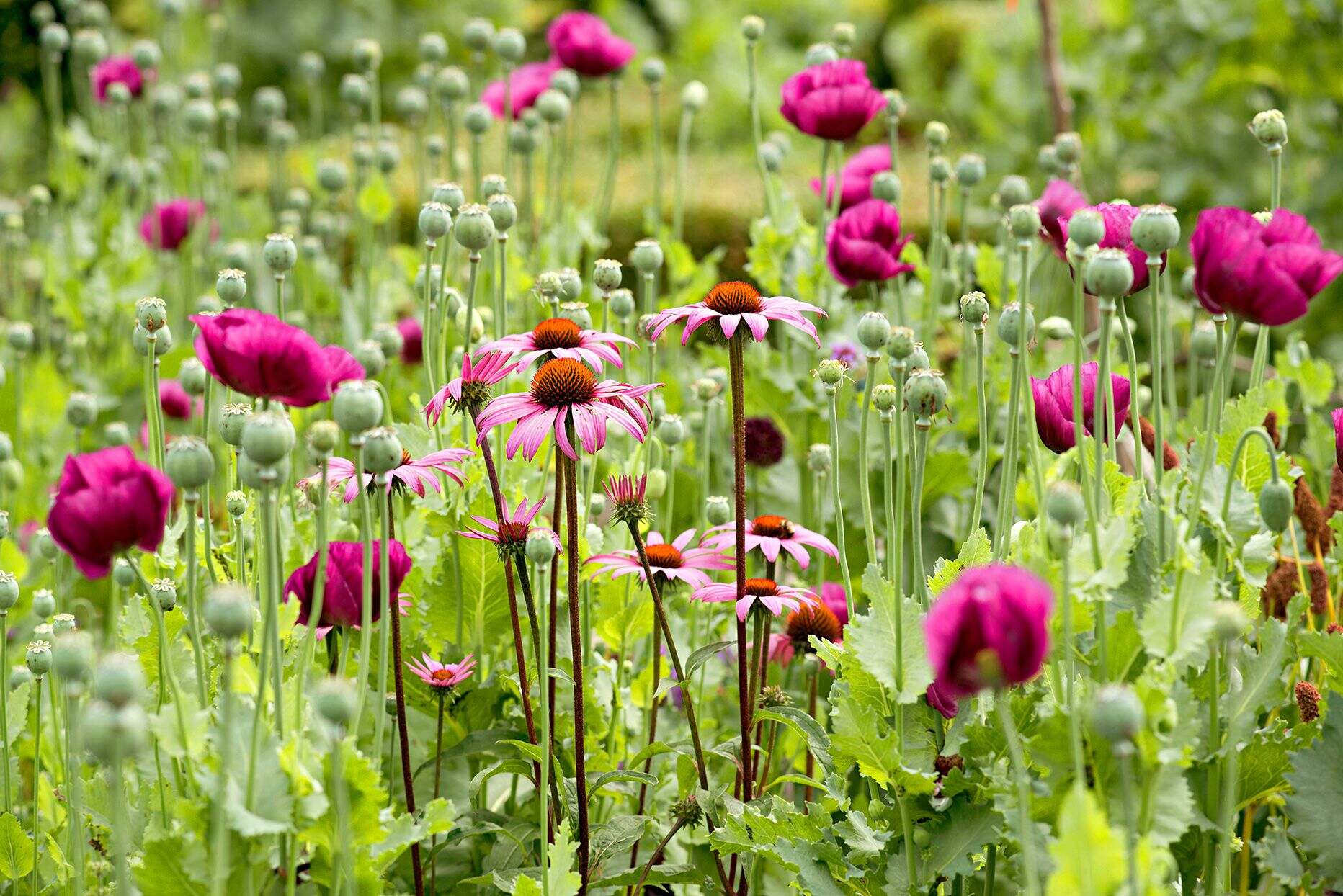
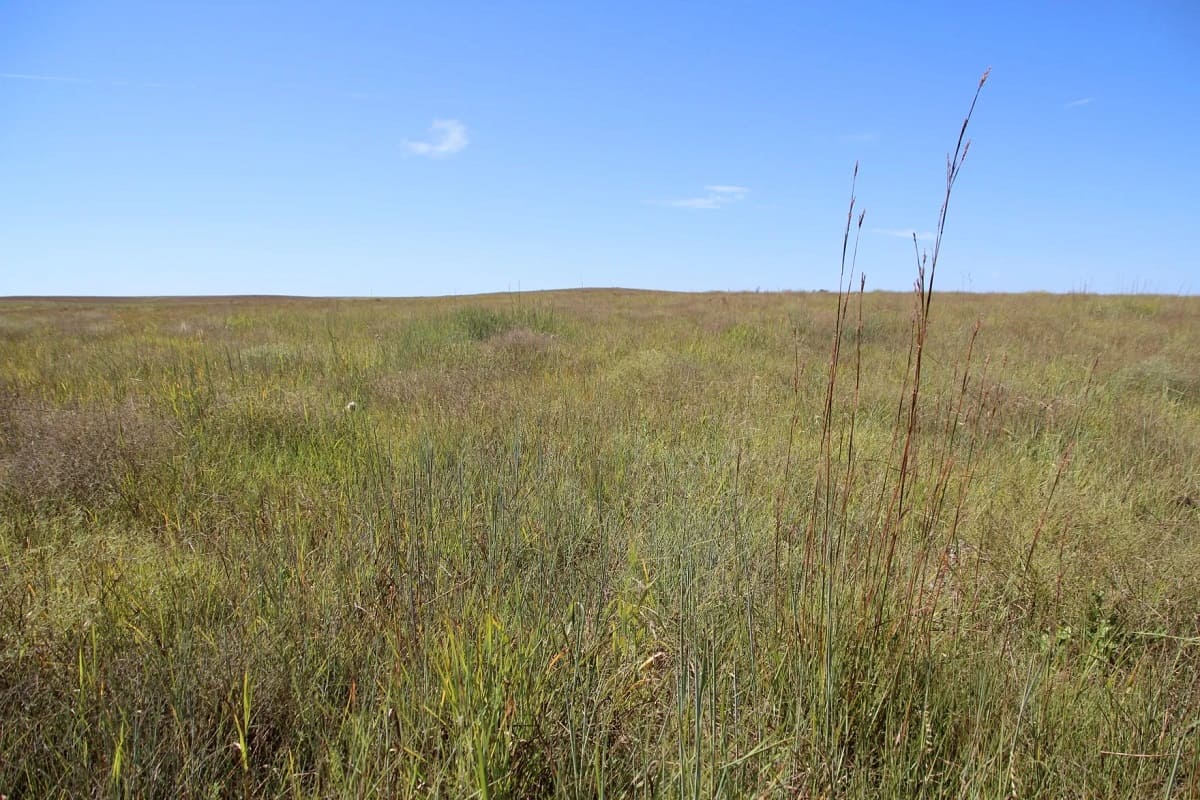
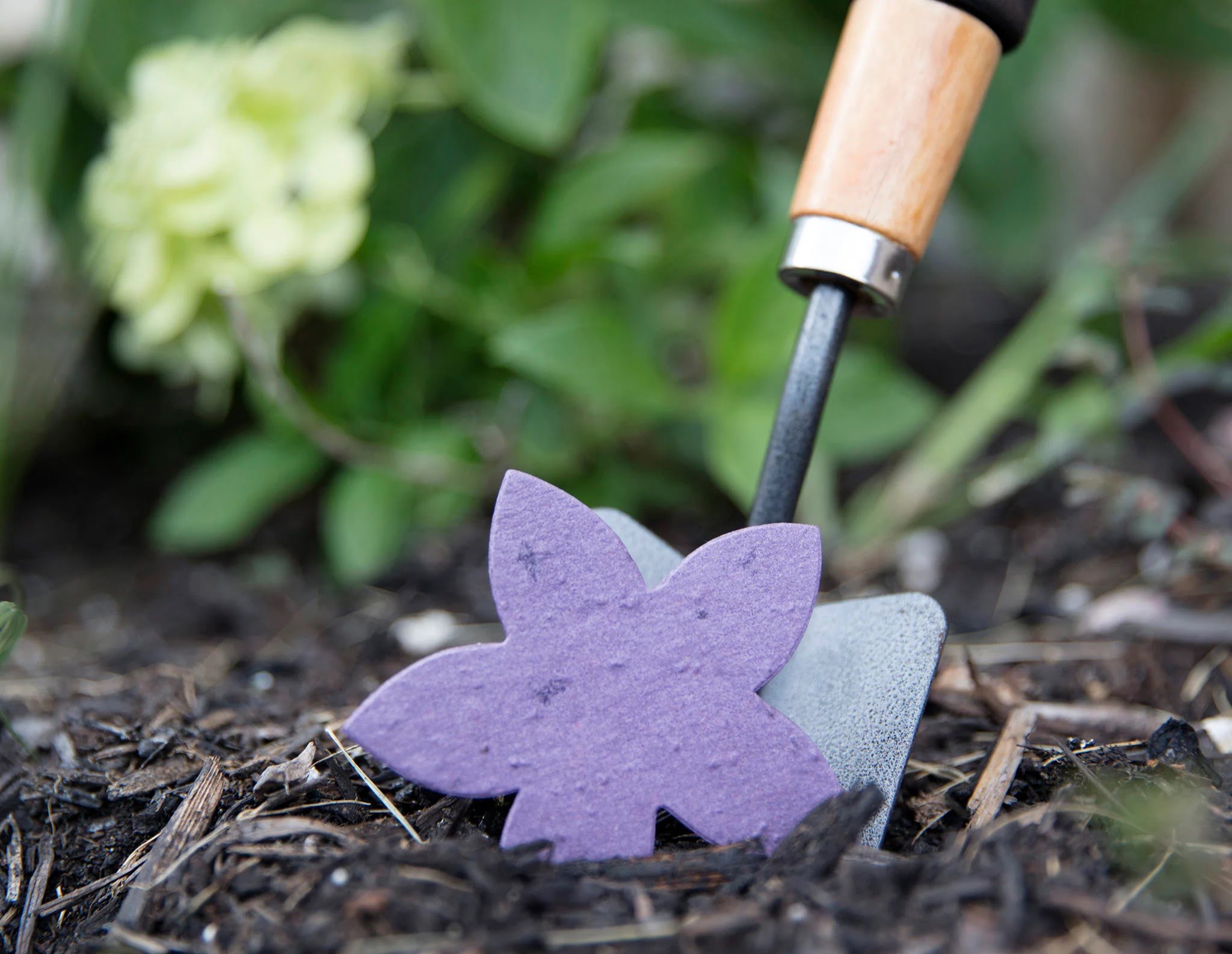
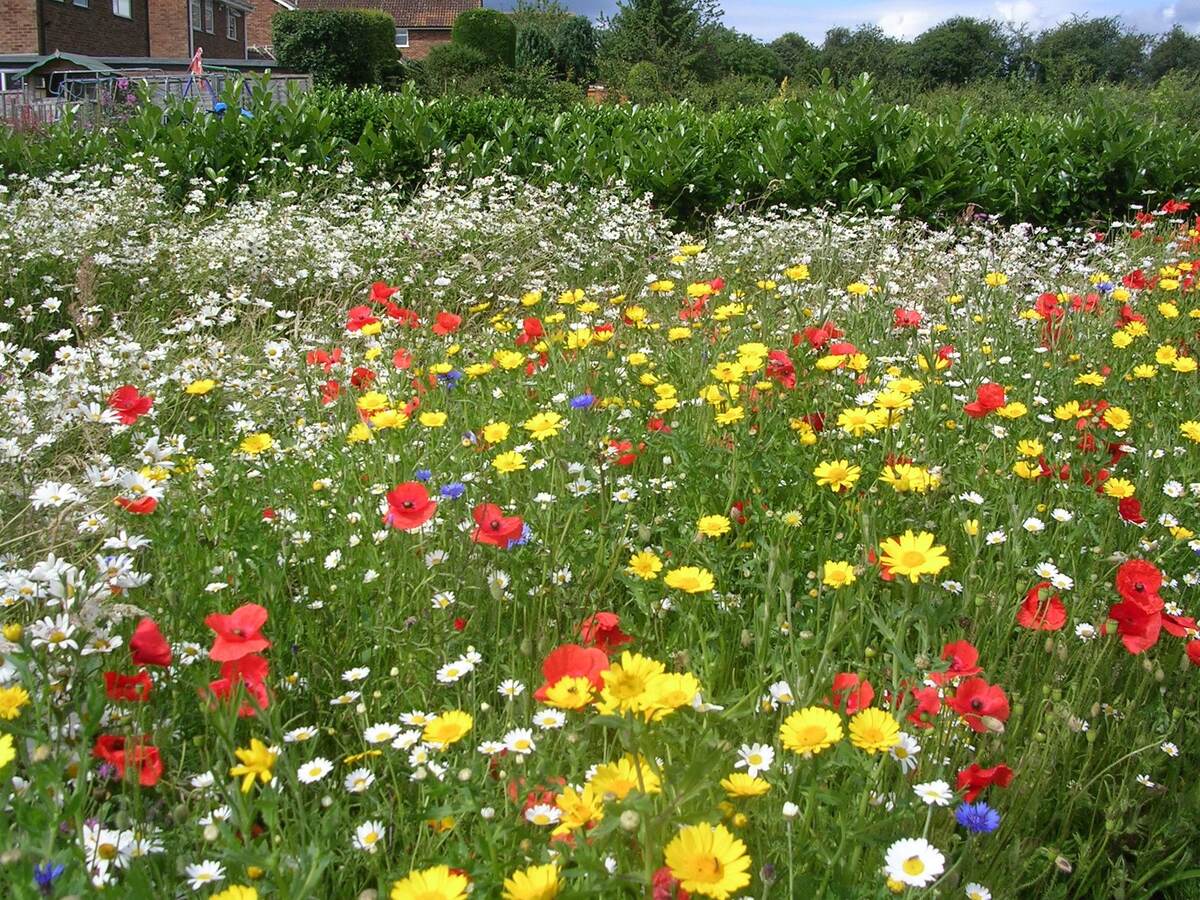
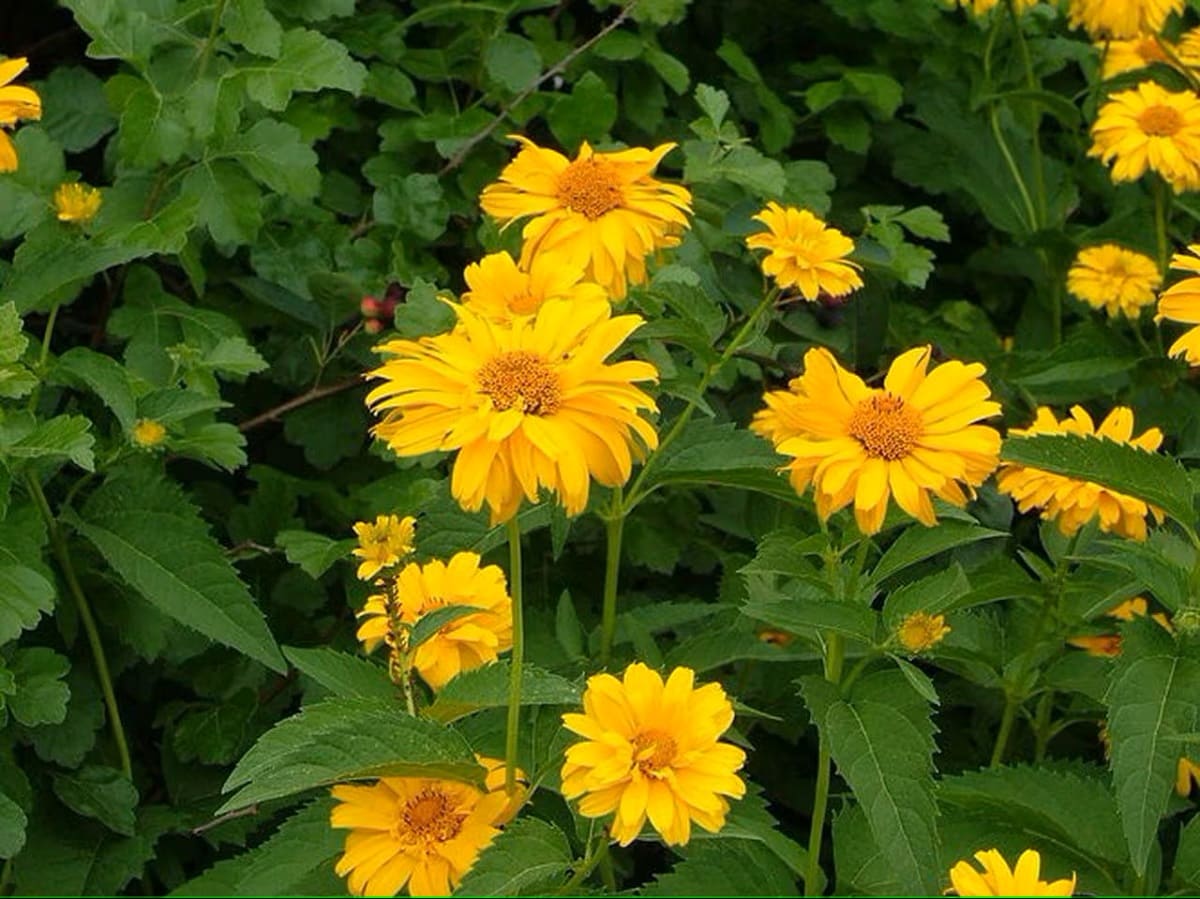
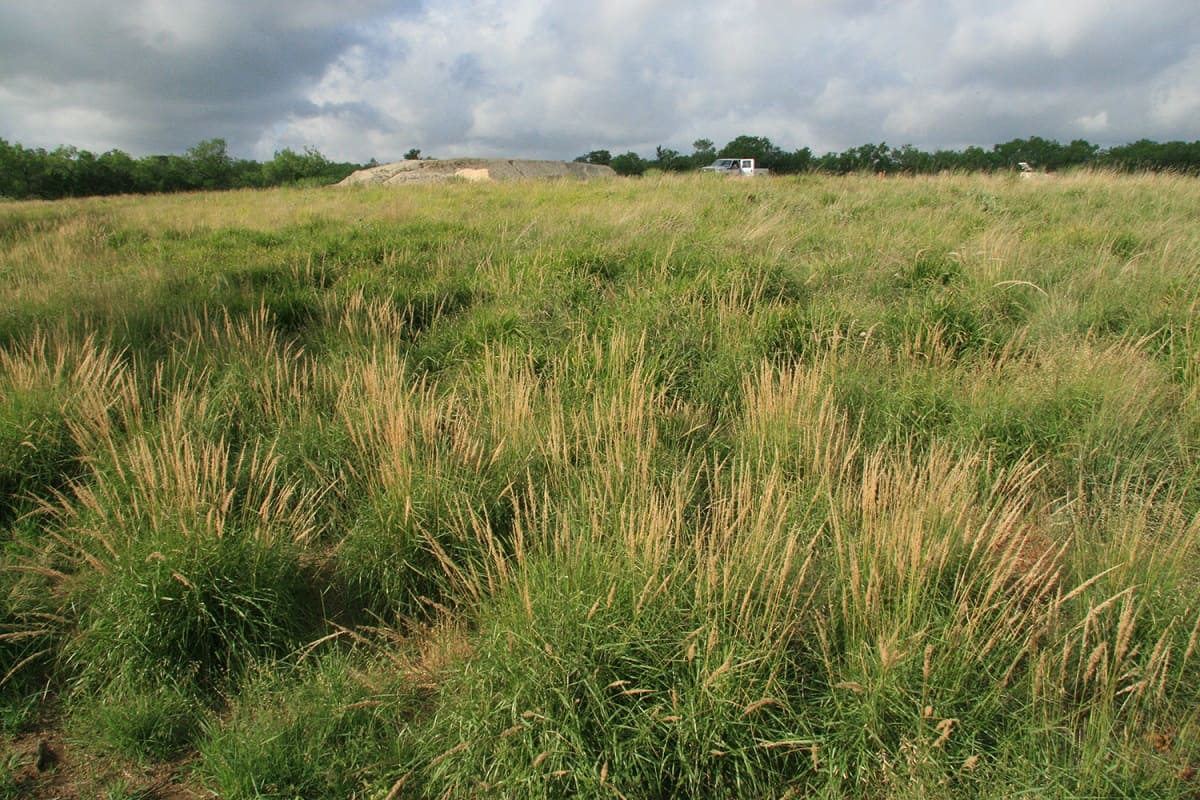
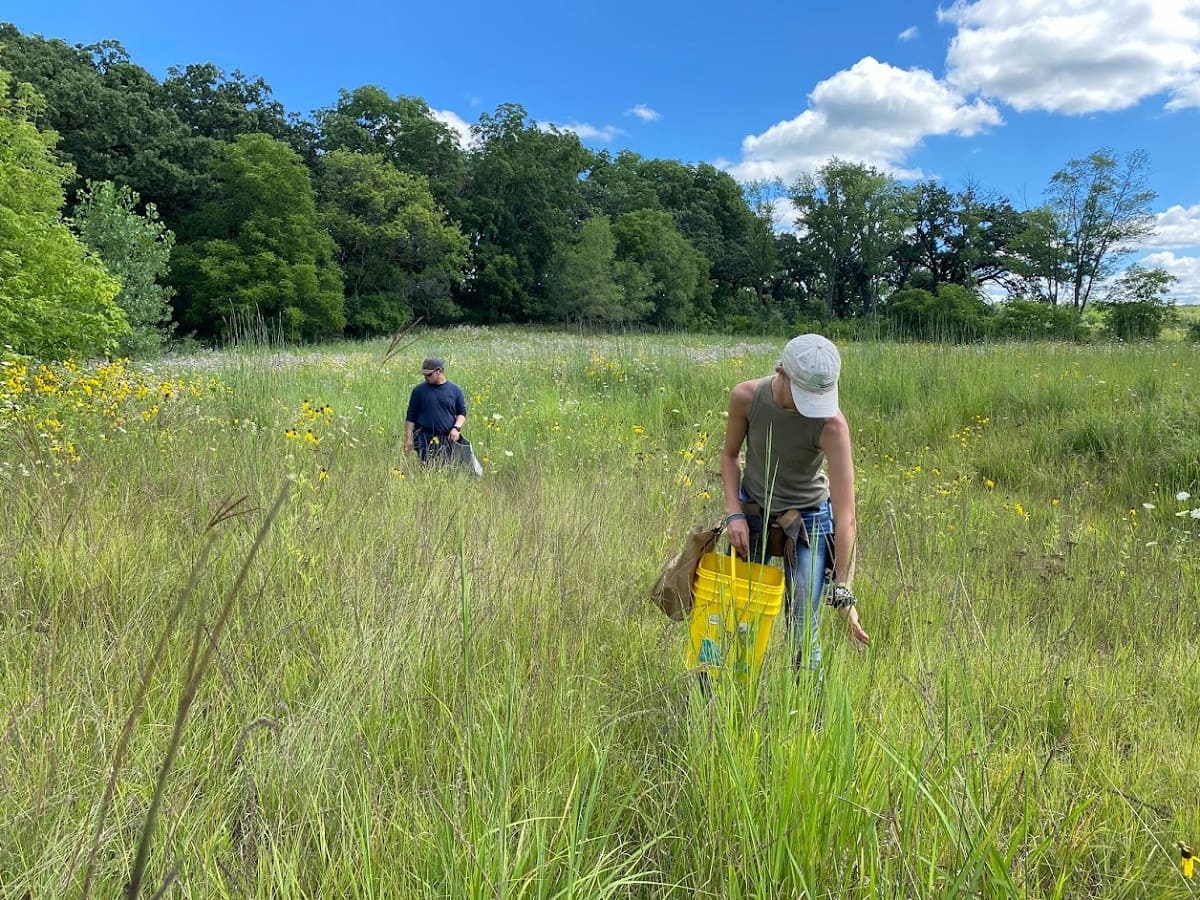
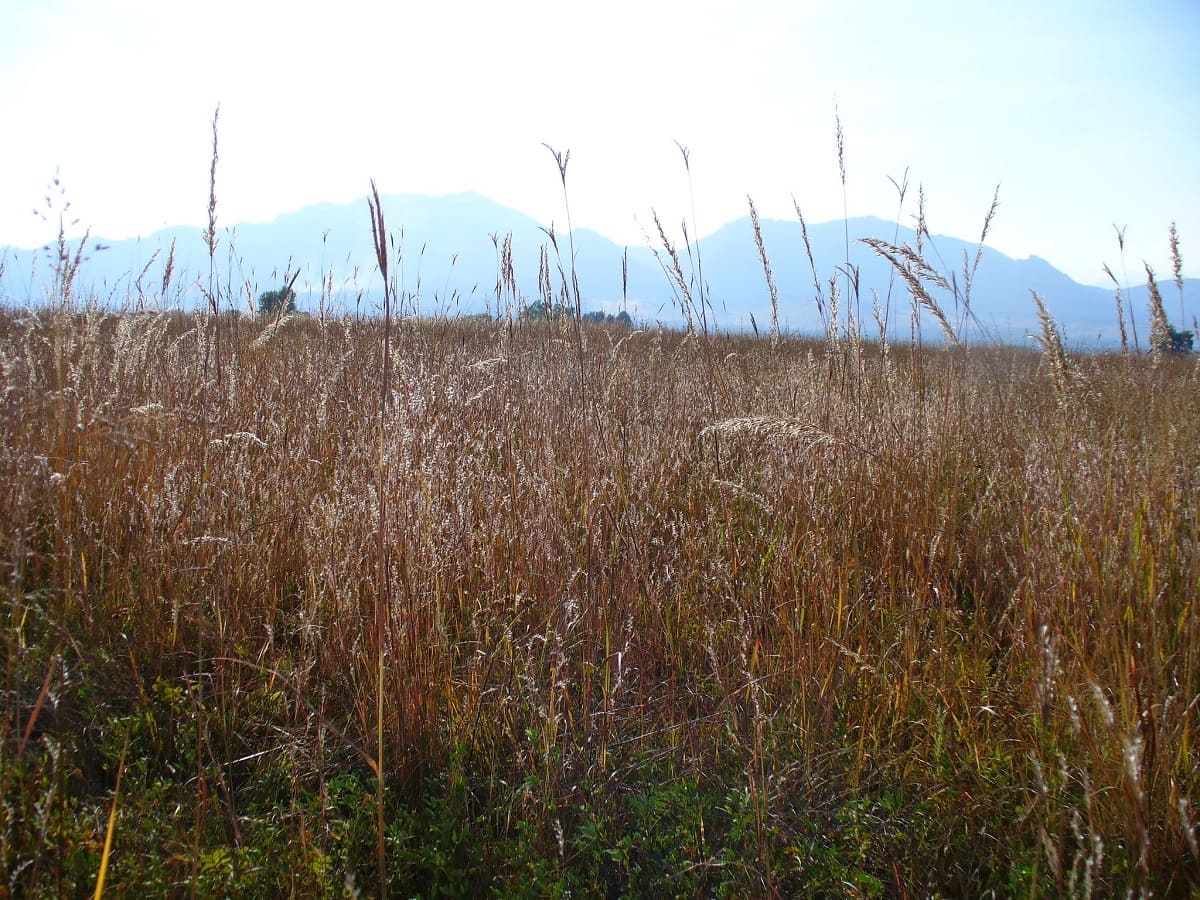
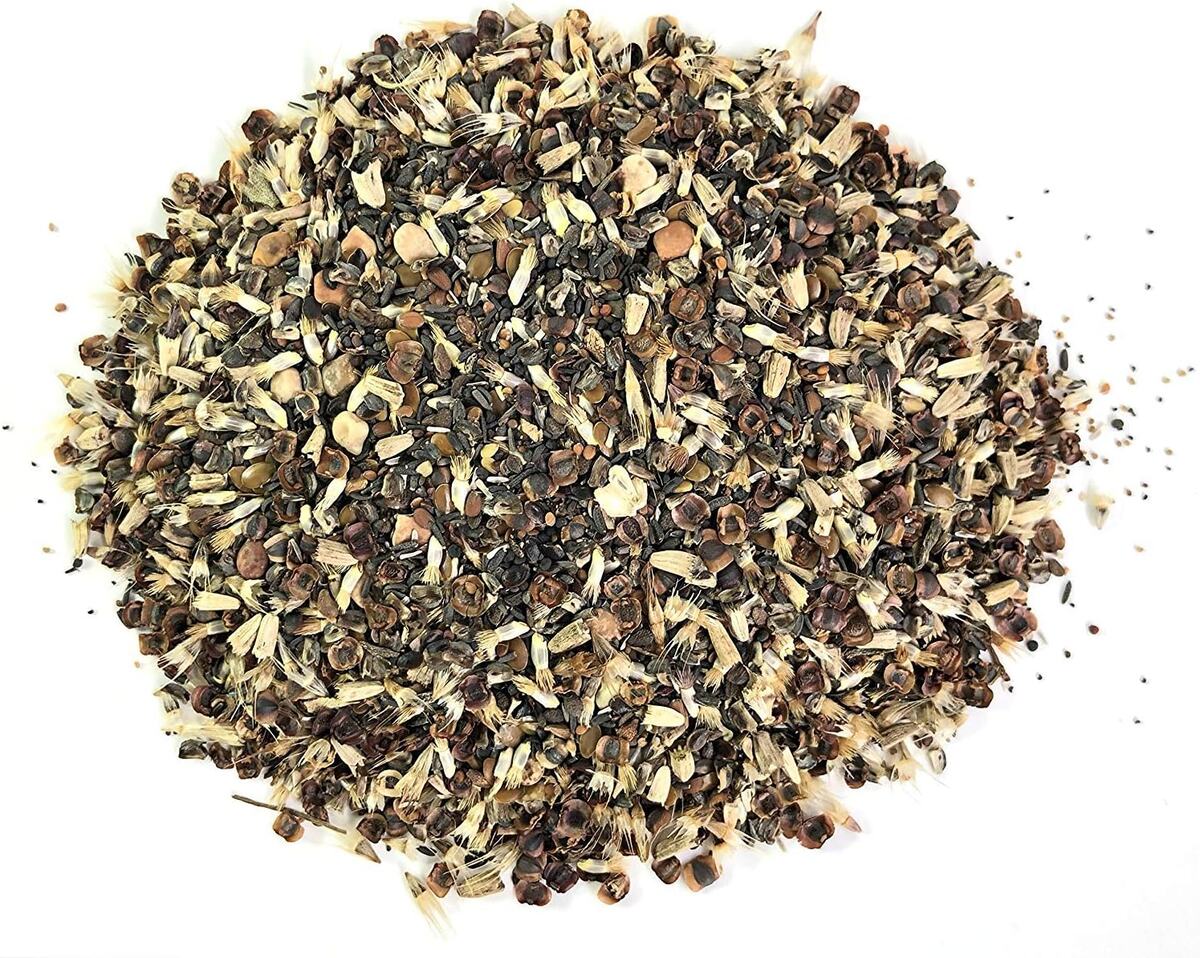
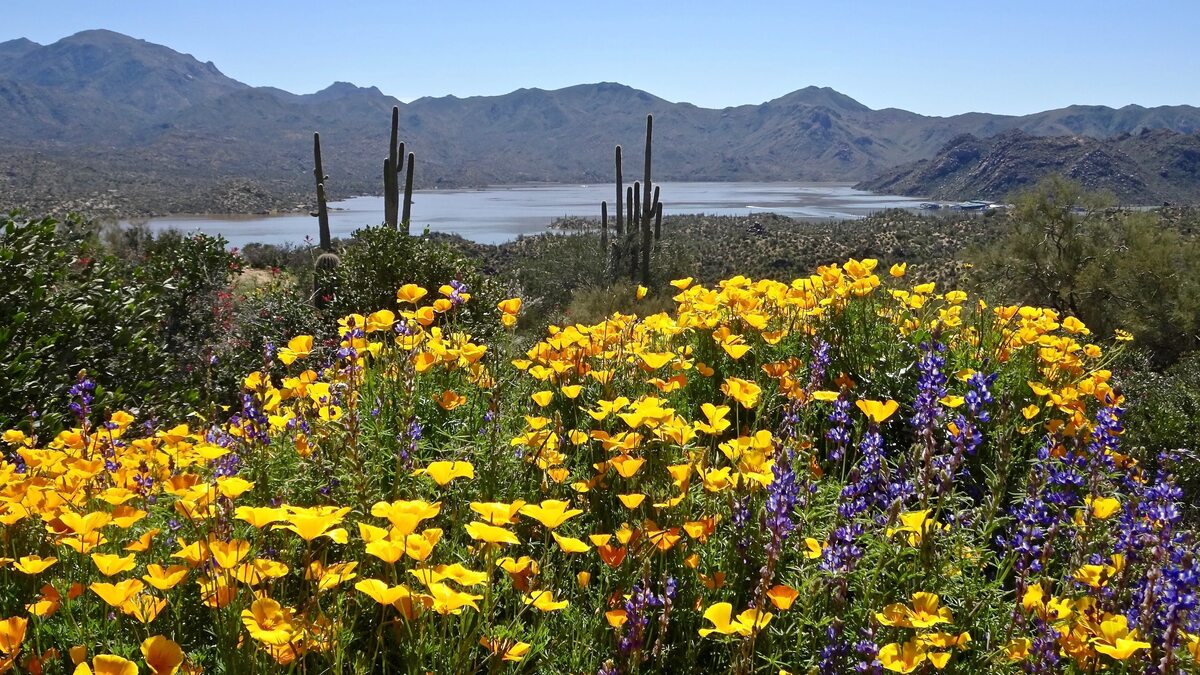
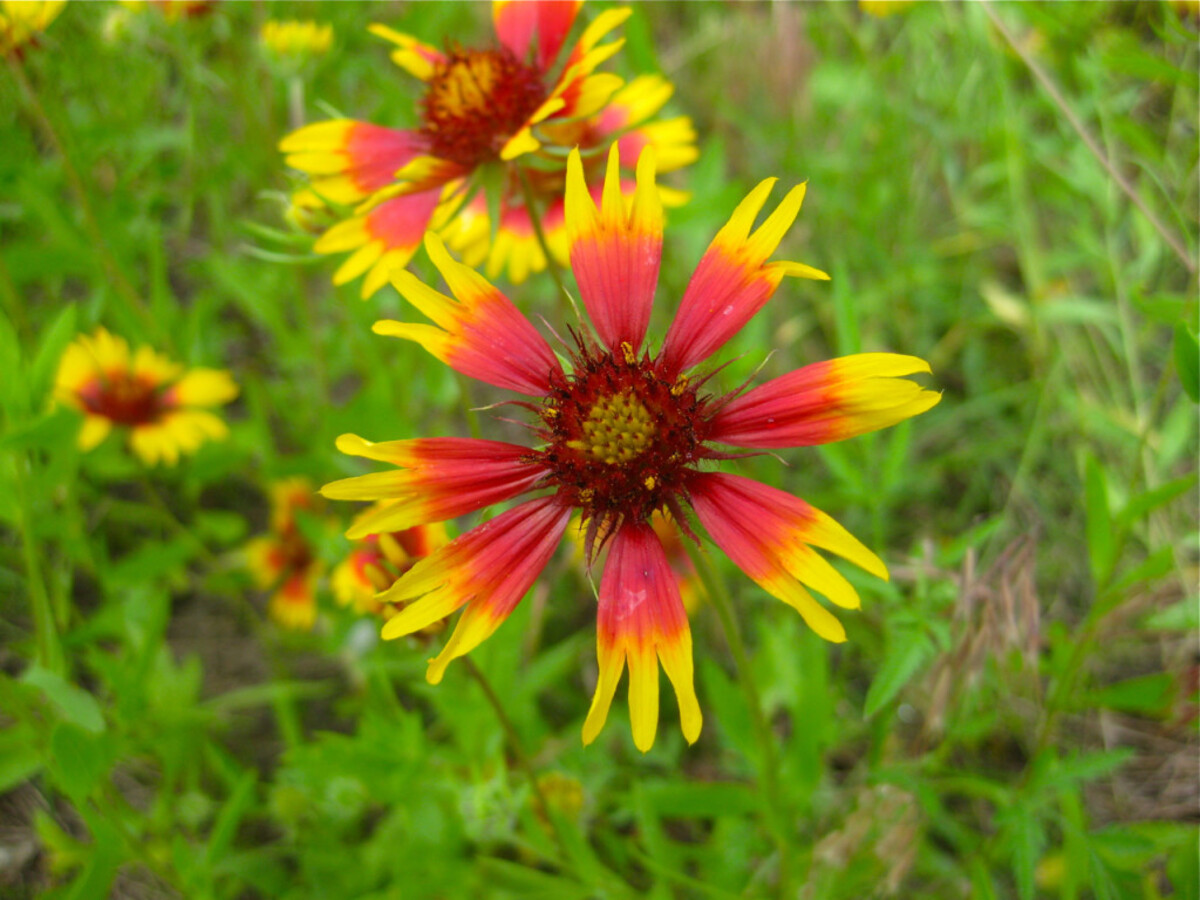
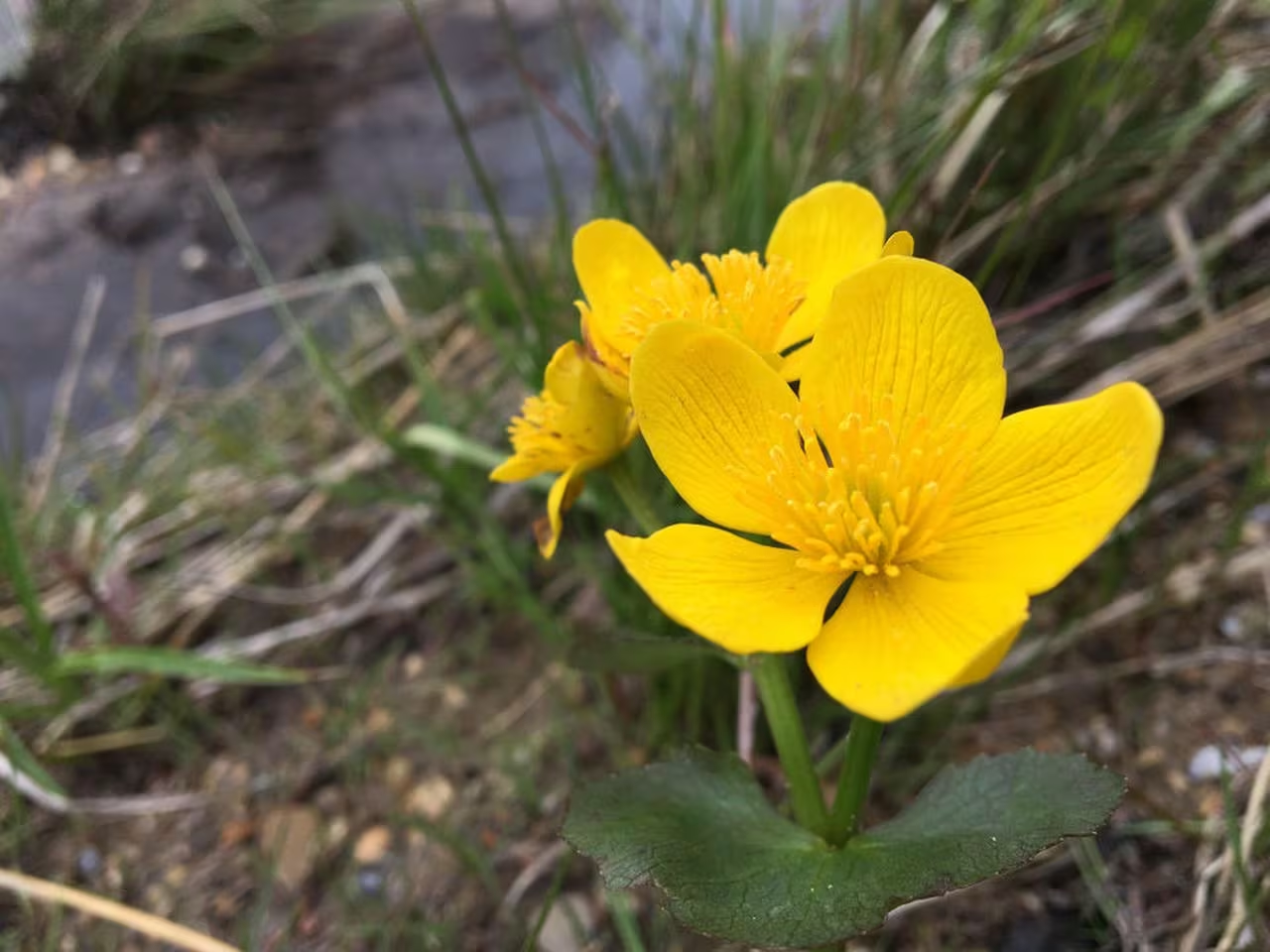
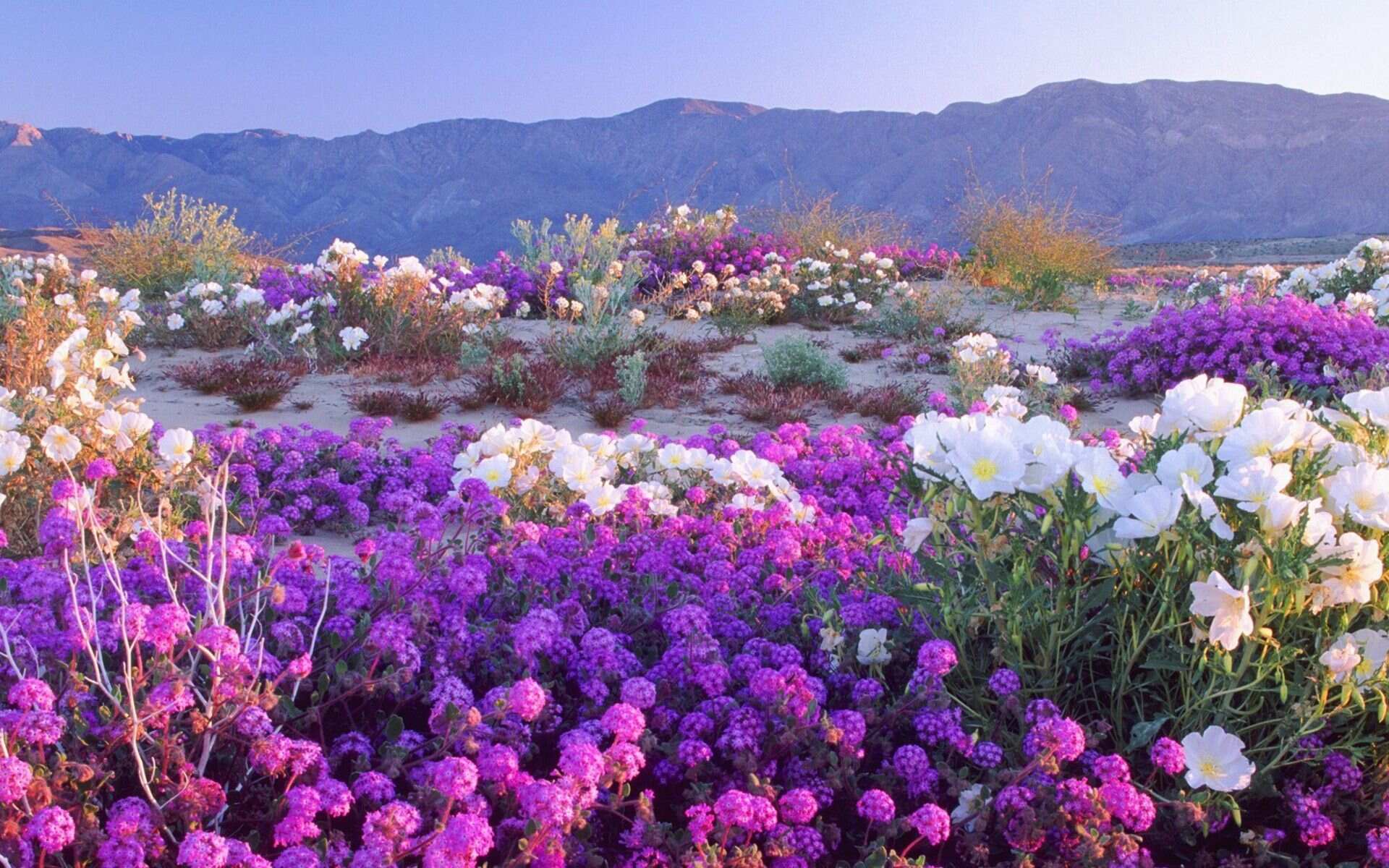
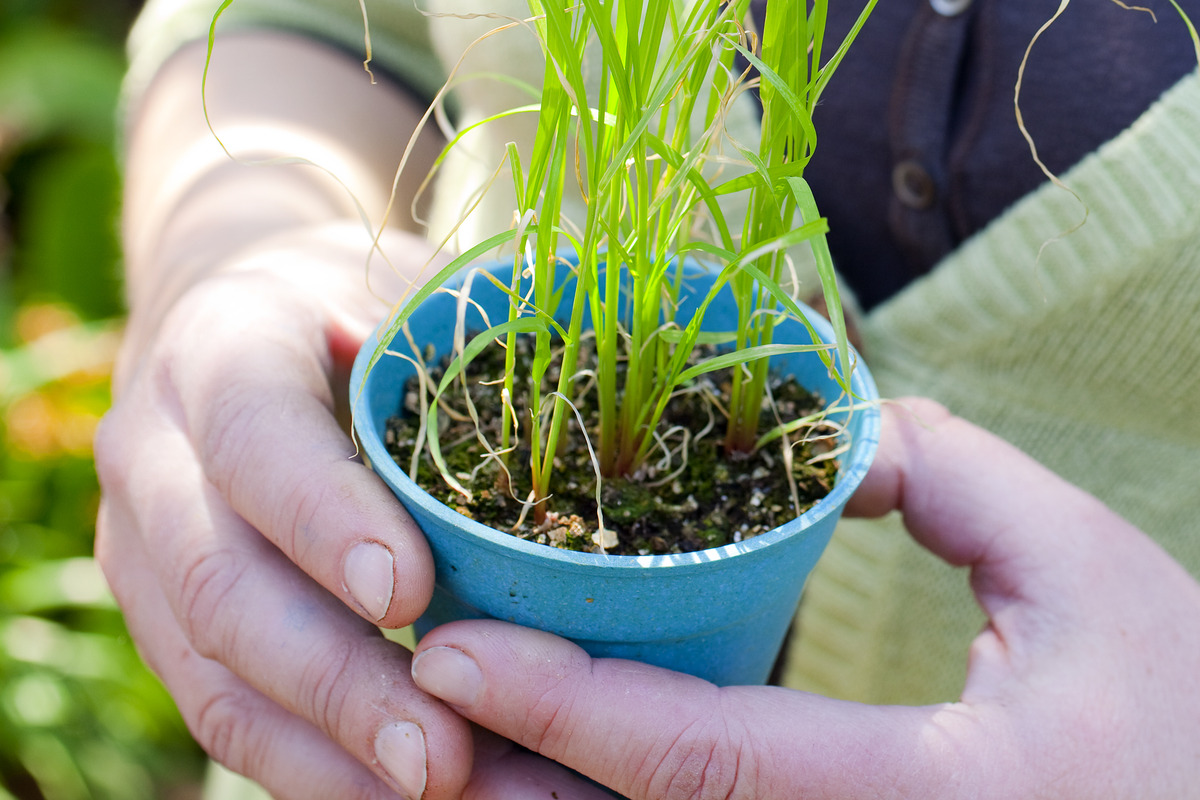

0 thoughts on “When To Plant Native Wildflower Seeds”